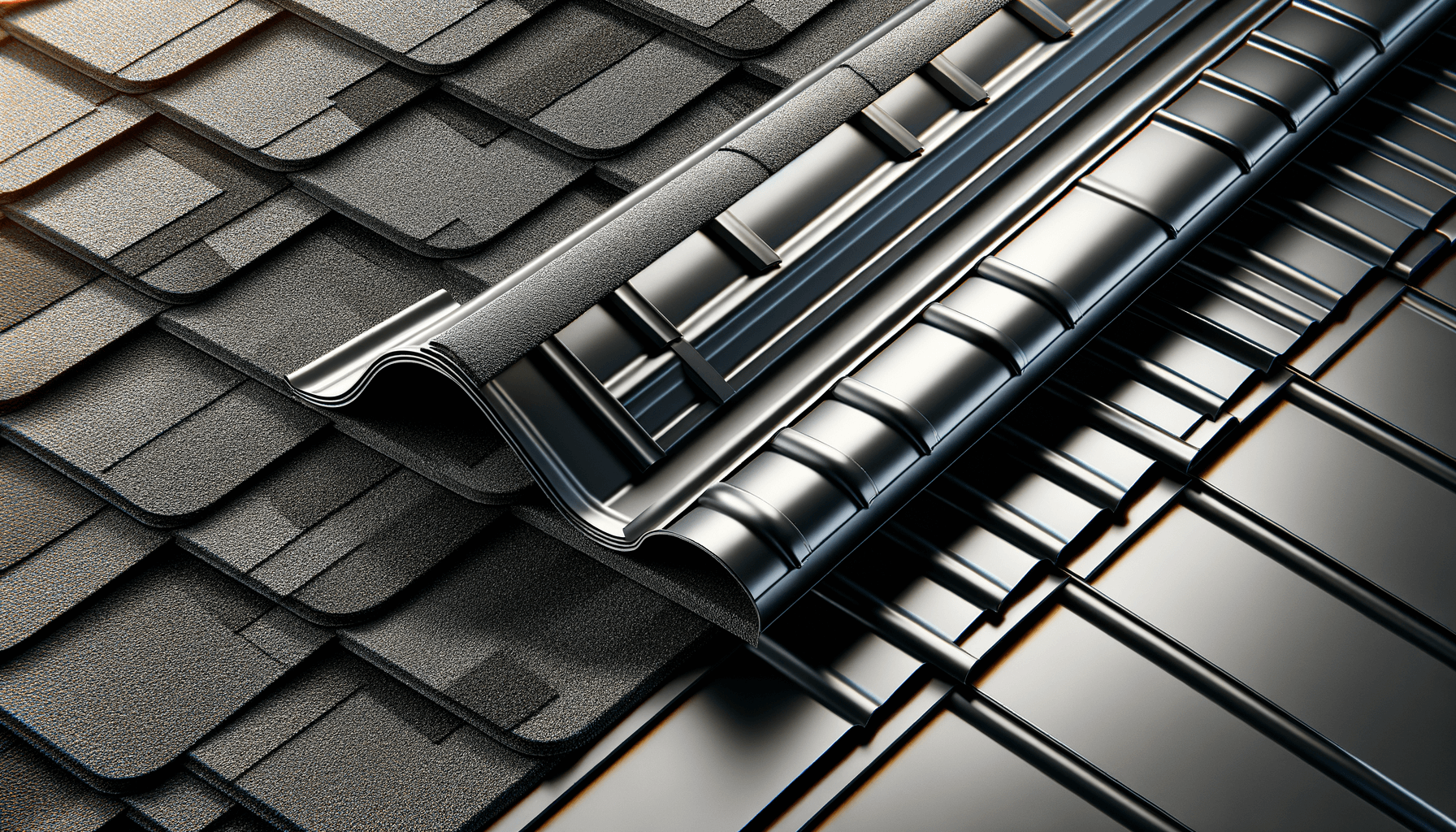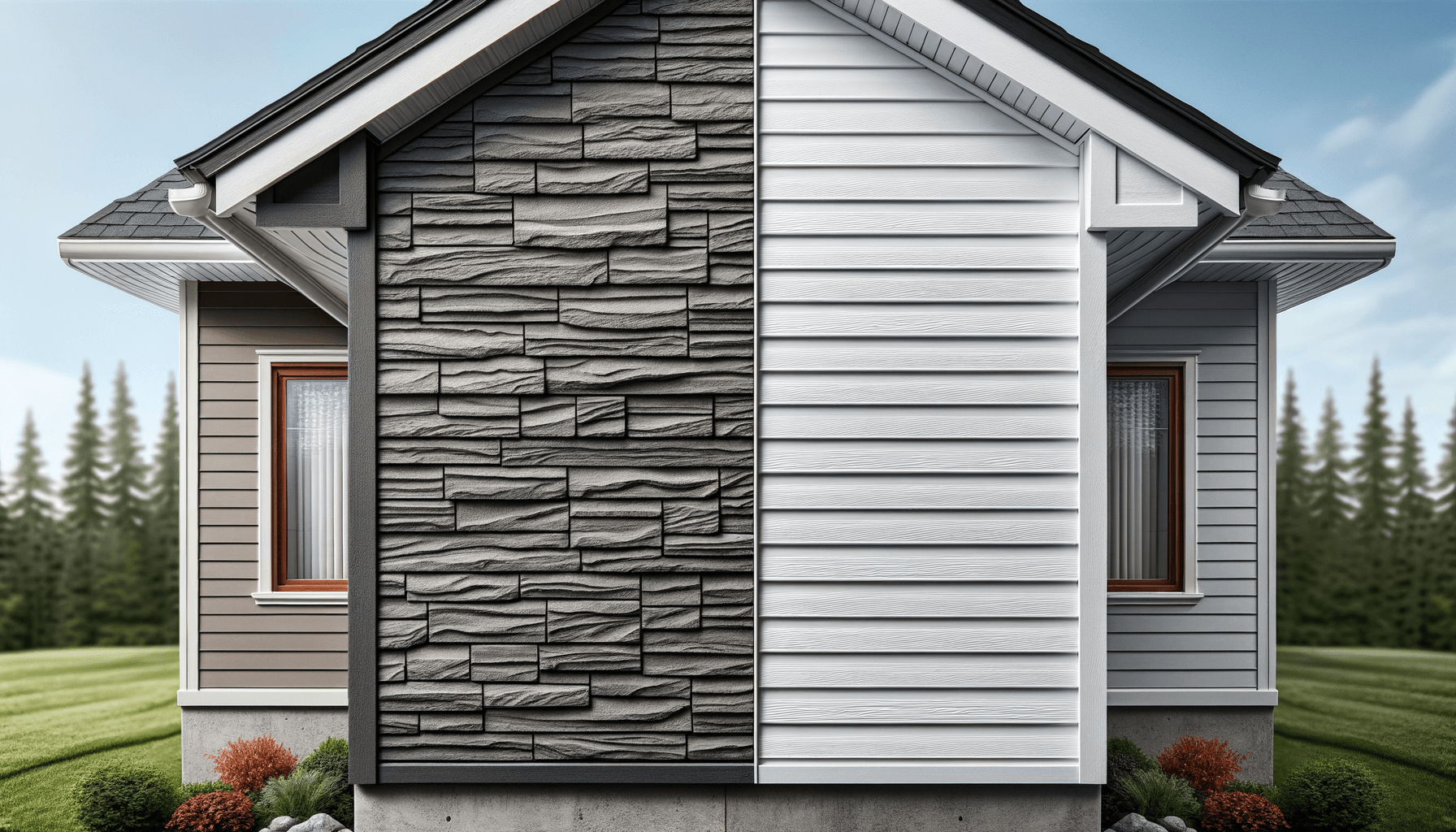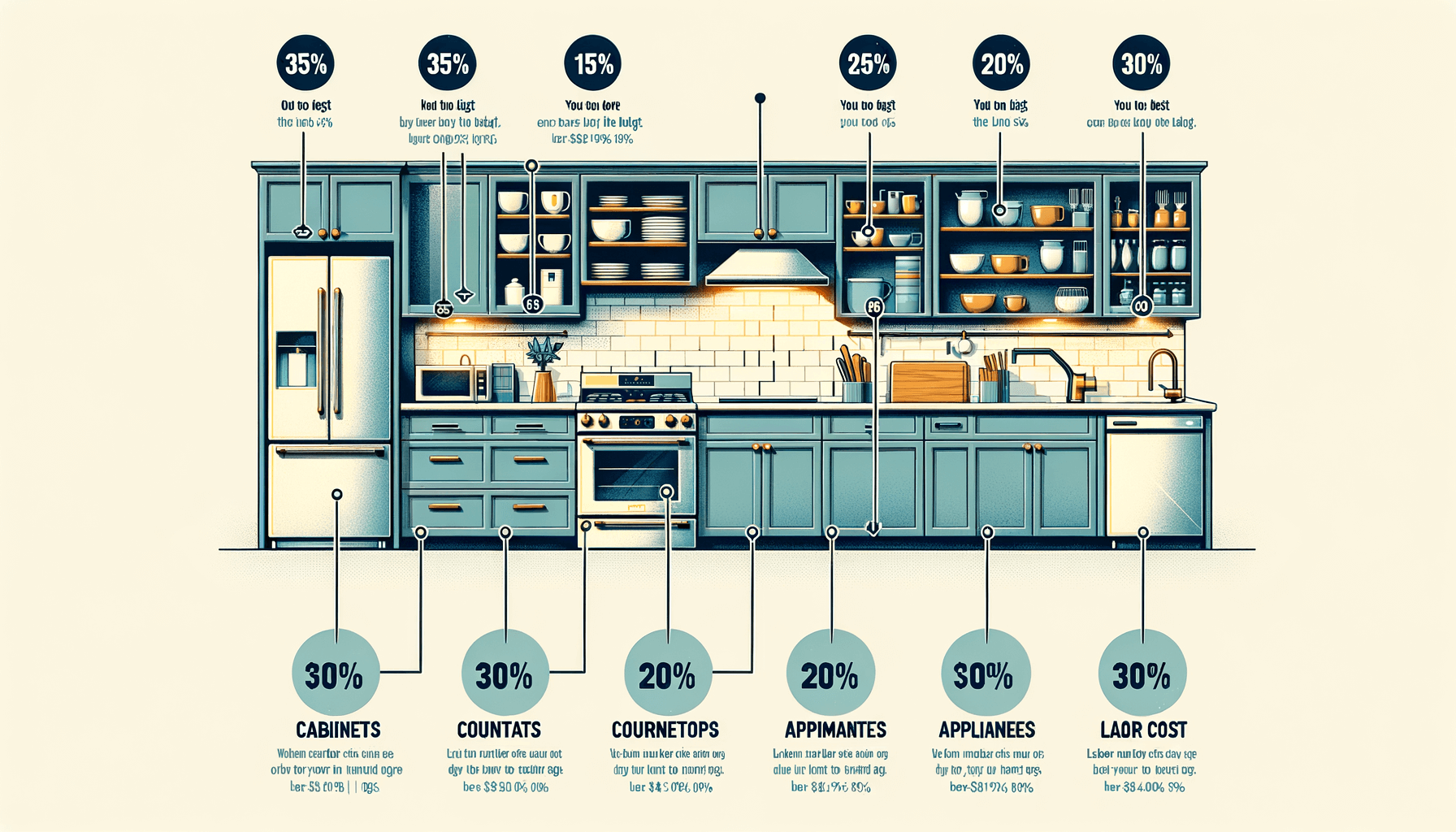Asphalt Shingles vs. Metal Roofing: A 2025 Cost & Durability Comparison

Asphalt Shingles vs. Metal Roofing: A 2025 Cost & Durability Comparison
The roof is your home's most important defense against the elements, and choosing the right material is a long-term decision. In 2025, homeowners are primarily deciding between the proven affordability of asphalt shingles and the premium, unmatched durability of metal roofing. Both options are vast improvements over older materials, but they sit at different points on the cost-value spectrum.
This guide explores the latest pricing trends and performance metrics for both materials. Understanding the differences in initial investment, expected lifespan, and maintenance requirements will ensure you choose a roof that provides the best protection and return on investment for your property.
Key Takeaways
- Asphalt shingles represent the lowest initial investment and are the most common choice, offering excellent short-term value.
- Metal roofing offers a superior lifespan of 40-70 years and high energy efficiency, but requires a 2x to 3x higher upfront cost.
- New architectural asphalt shingles now offer better durability and a more dimensional look than older, flat 3-tab versions.
Analyzing Lifetime Cost
When evaluating roofing materials, it’s crucial to look beyond the initial installation price. While asphalt shingles cost significantly less up front, they will likely need to be replaced two or even three times over the lifespan of a single metal roof. This means that a metal roof, despite its high initial cost, often becomes the more cost-effective choice over a 50-year period due to reduced material, labor, and disposal expenses. Furthermore, metal roofs can offer better home insurance rates and higher resale value.
Durability and Energy Efficiency
Metal roofing excels in durability, standing up to high winds, fire, and hail better than asphalt. It is also inherently more energy-efficient due to its reflective properties, which can significantly reduce cooling costs in the summer. Asphalt shingles provide great protection but are primarily insulating rather than reflective, and their granules can be stripped away by heavy rain and hail, shortening their lifespan. The choice largely depends on your long-term goals: protection for 25 years (asphalt) or protection for 50+ years (metal).
Conclusion
Both asphalt shingles and metal roofing are viable, high-quality choices, but they solve different problems. If your budget is tight or you plan to move within the next two decades, modern architectural shingles offer reliable performance. If you are building your forever home and want maximum durability, minimal maintenance, and superior energy efficiency, metal is the way to go. Explore our full range of professional Roofing Services to find the perfect fit for your home.
Source: Metal Roofing Alliance and Asphalt Roofing Manufacturers Association


